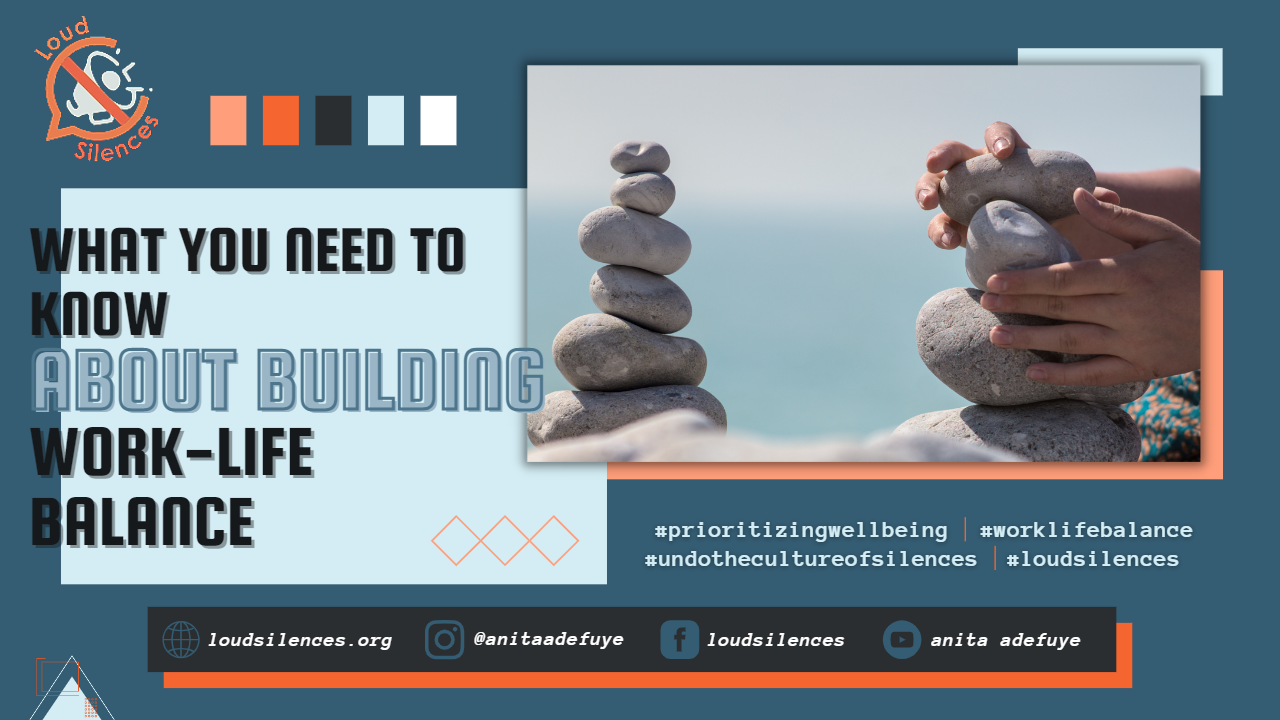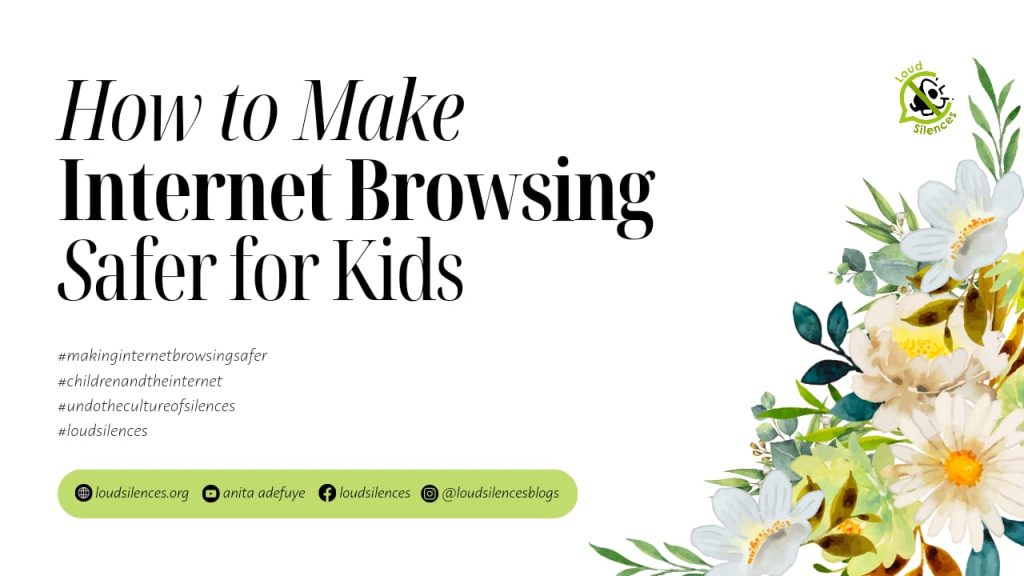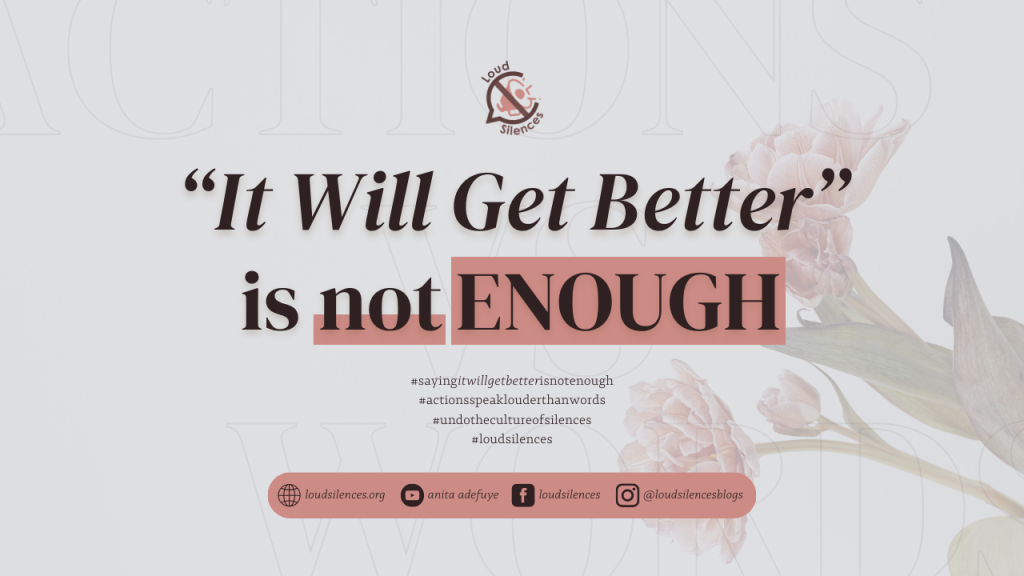I was very excited when I got my first freelance client, and boy, I couldn’t wait to start taking on bigger clients.
The clients didn’t come in droves like I had wished they would, but as I started to take on more work, I found that I was stressed every day.
I barely struggled to catch up on my daily goals; even on school break, I had little time for my personal life and family. I was always doing something, and that made me feel great.
But I was burning out slowly – and I refused to admit this to myself.
Some of us are so ambitious that the line between our work and personal life is non-existent. You know it when you tell yourself you’re done with the day’s work, and then you find yourself back in front of your laptop screen.
Of course, when you’re building your business or career, there’ll be times you’ll have late nights and overwork yourself. In fact, it can get to the point where you wouldn’t be able to sleep for days in a row and still be justifiable. Even then, it’s vital to balance well between your work and your personal life. If you don’t, you’ll find that you’re constantly struggling with time. Building work-life balance will help you avoid sacrificing your personal life and well-being for your work goals. Rather, it would help you to strike a good balance between the two factions (work and personal life).
In this article, I’ll explore practical tips and strategies for properly building a work-life balance.
6 WAYS TO ACHIEVE WORK-LIFE BALANCE
The following are ways through which you can start building and maintaining work-life balance:
1. Identify your priorities
Achieving work-life balance begins with identifying your priorities. You need to define what matters most to you in both your personal and professional life. This will help you clearly understand what you want to achieve and how to allocate your time effectively.
Start by creating a list of your top priorities, and these could include:
- Building your career
- Spending time with family
- Pursuing a hobby or interest
- Maintaining your physical or mental health.
Once you’ve gotten your list down, consider how much time and energy you want to dedicate to each priority.
2. Set realistic expectations
Achieving work-life balance is not an overnight fix. It’s an ongoing process that requires patience, discipline, and consistency. Sometimes you might feel overwhelmed, and it’s okay to take a step back and reassess your priorities.
You must simply accept the fact that you can’t get everything right all the time. Accepting this will help you manage your time more effectively and avoid burnout.
One way to set realistic expectations is by creating a schedule that works for you.
Learning to say no is another crucial step in achieving work-life balance. Saying yes to every activity or project that comes your way might seem the right thing to do, but it can quickly lead to burnout. When you’re presented with an opportunity, ask yourself if it aligns with your priorities and if it’s something you genuinely want to do. If not, don’t be afraid to say no politely.
3. Develop healthy habits
Maintaining work-life balance demands more than just setting priorities and boundaries. You need to take care of yourself and develop healthy habits that promote physical, mental, and emotional well-being. Here are some habits to consider:
- Eat healthy food, get good sleep, and exercise regularly.
- Take regular breaks to stay energized and maintain focus.
- Practice mindfulness daily to improve your self-awareness.
Developing healthy habits will make you better equipped to manage the demands of your work and personal life.
“You’ll never change your life until you change something you do daily. The secret of your success is found in your daily routine.”
John C. Maxwell
4. Leverage technology
You can take advantage of numerous technological innovations to work smarter and not just harder. Leveraging technology can help you manage your time better and stay organized.
One way to do this is using productivity tools that streamline your work. Numerous available apps and software tools can help you manage tasks and prioritize efficiently. For example, project management tools like Trello and Asana can help you to keep track of your to-do lists and collaborate with your team members easily.
Another way to leverage technology is to outsource tasks that don’t require direct attention. You can use apps and services to delegate tasks like administrative work, social media management, and data entry to virtual assistants or freelancers. This can free up your time and energy to focus on more critical tasks that require your unique skill set.
Leveraging technology can be a powerful way to manage your time and achieve a better work-life balance.
5. Communicate with your employer
Communicating with your employer and setting clear expectations can’t be overstated. If you work in a traditional office setting, it’s essential to have a conversation with your employer about your availability and workload. Be honest about your personal responsibilities and let them know if you need a flexible schedule or if you need to work remotely on certain days.
If you’re a freelancer or self-employed, you should communicate with your clients about your availability and workload. Set clear expectations about how much work you can take on, when you’ll be available, and when you may need to take time off.
Remember, it’s better to underpromise and overdeliver than the other way around.
And if you need to take time off for personal reasons, communicate that in advance so your employer, clients or colleagues can plan accordingly. Avoid missing important life events due to poor work-life balance.
6. Prioritize self-care
Achieving work-life balance isn’t just about finding ways to manage your time more efficiently; it’s also about taking care of yourself. Prioritizing self-care will help you to recharge and maintain your focus.
- Make time for activities that you enjoy; be it reading, gardening, cooking, or yoga, engaging in hobbies can help you destress.
- Spend time with your friends and family; maintaining strong relationships with loved ones can help improve your overall well-being.
- Taking vacations and breaks can help you recharge your batteries.
When you’re on vacation, make sure to disconnect from work emails and phone calls. Getting the best rest you can on vacations will help you return to work refreshed and ready to tackle new challenges.
“Cheers to better work-life balance!”
Feranmi Ademola
Remember, building work-life balance is a journey and not a one-time achievement. It takes discipline, commitment, and a willingness to make the necessary adjustments. With positivity, determination, and a bit of compromise, you can develop better work-life balance.

If you haven’t already, be sure to grab a copy of Reve-Healed. It’s definitely worth checking out!






Leave a Reply